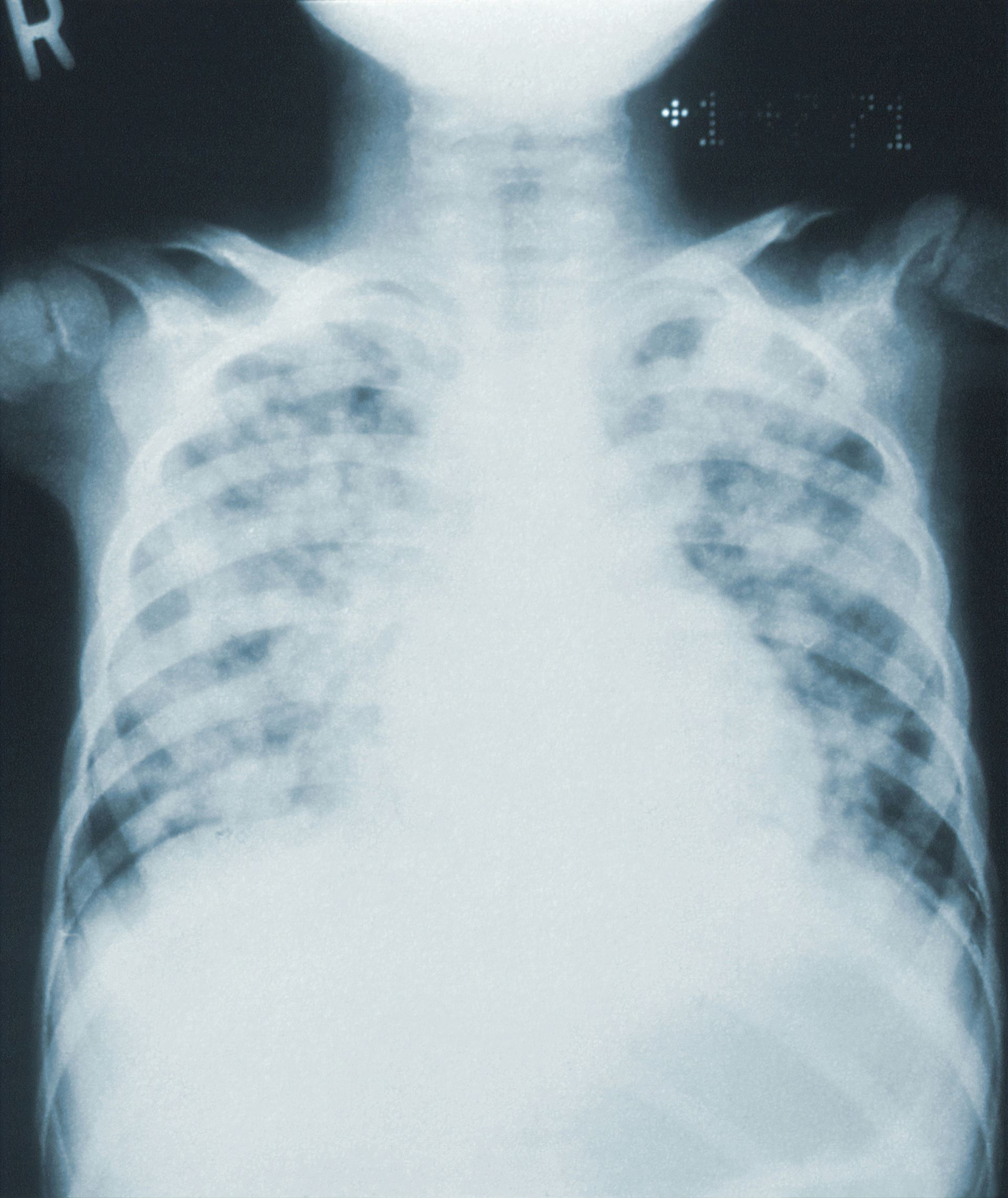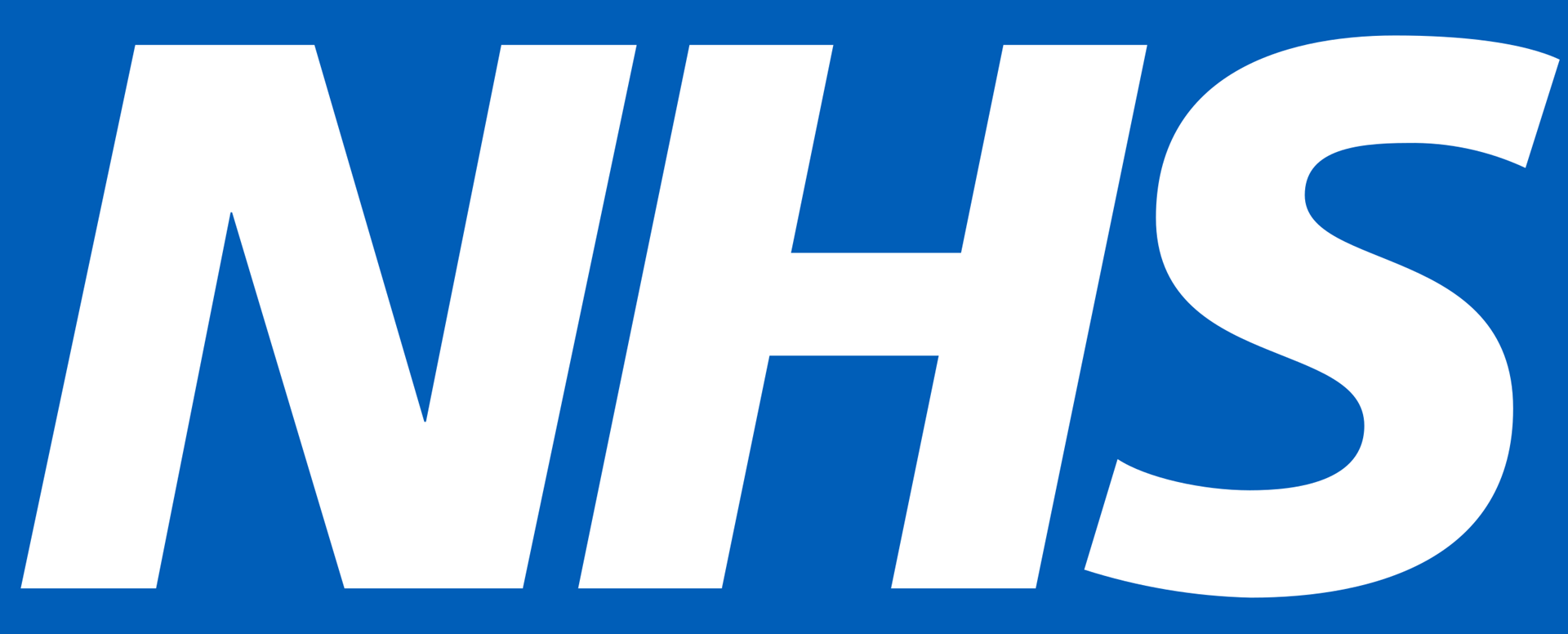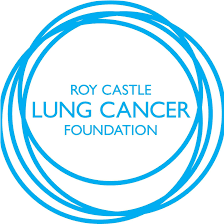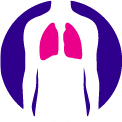Lung Cancer

Lung cancer is one of the most common and deadliest forms of cancer worldwide. More than 43,000 people are diagnosed with it every year in the UK.
Early lung cancer usually has no signs or symptoms and can only be found with medical imaging.
As the cancer develops, many people with the condition eventually see symptoms such as:
- A persistent cough and/or breathlessness
- Coughing up blood
- Unexplained tiredness and weight loss
- Aches and pains when breathing or coughing
Lung cancer mainly affects older people and is rare in people under 40. Although people who have never smoked can develop lung cancer, smoking is the most common cause, attributed to more than 70 out of 100 cases. This is because smoking involves inhaling chemicals that damage cells in the airway. These cells gain the ability to multiply unchecked and cause a tumour to grow.
It can also be caused by exposure to hazardous substances like asbestos or radon gas. It can also be caused by genetic mutations that arise by chance.
A chest x-ray is the first test used to diagnose lung cancer - most lung tumours appear as a white-grey mass on x-rays. However, this isn't a definitive diagnosis and other tests will be conducted if there is something found in an x-ray. This is because a mass appearing on an x-ray could be something other than a tumour, such as an abscess.
The tests that follow from an x-ray that shows a mass are:
- CT scan - a scan that takes detailed pirctures of the inside of your body
- PET-CT scan - a scan that produces a detailed 3D image of the inside of your body
- Bronchoscopy and biopsy - a procedure that allows a doctor to see inside your airways and remove a small sample of cells to test
Support and Resources
Page created: 26 February 2021



